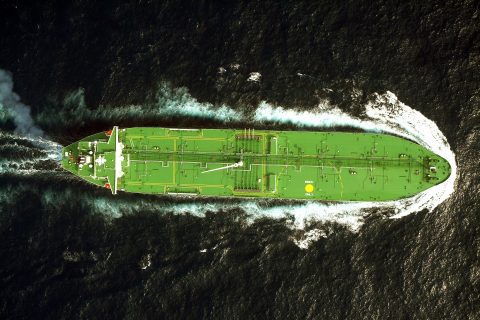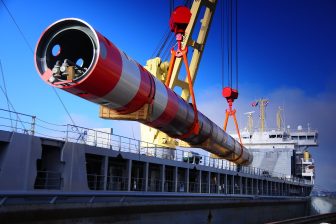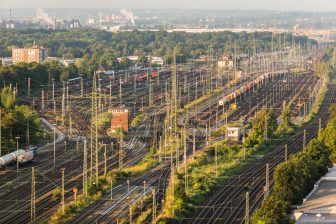
Converting an oil tanker into a project cargo ship. Why not?
Offshore wind equipment has been growing in size each year with foundations, transition pieces, tower pieces, nacelles and blades, all growing in size, as well as weight.
Project owners, contractors and each link in the supply chain, are looking for the most efficient option to bring their components to the job site. It often includes MPPs, flat deck carriers and barges. The more components a vessel can carry, the less trips it has to make, the less operational costs it incurs, a simple equation. Finding such a vessel is a tough task, especially in a market that remains tight, despite container vessels regaining control of the container shipment and multipurpose vessels being more deployed on breakbulk and project cargo shipments.
But still, there is a certain development that could put so much stress on the available tonnage which will raise many questions. European Union has gone full pelt with the energy transition agenda, emission reductions and cutting its dependence on Russian oil and gas.
To remind, in May this year, Danish Prime Minister Mette Frederiksen and her opposite numbers from Germany, Belgium and the Netherlands signed the Esbjerg Declaration, setting highly ambitious targets to 65 GW of offshore wind by 2030 and increasing capacity to at least 150 GW by 2050. The project will require investments well past the $100 billion mark.
According to Mark Bambury, Managing Director, Lead Consultant, Naval Architect at MBM Consultancy GmbH, this will create a “good problem” for everyone involved. To move the equipment, vessels will be required, which means shipyards will be working full steam. However, in the current market it means a longer wait for the newbuild vessel to hit the market. Of course, materials for offshore wind farm equipment will be needed, it has to be resourced, and again shipped to manufacturers, which repeats the aforementioned cycle.
So why not look into other options, like converting a vessel? Conversion time is shorter compared to the newbuilding, costs are lower, and a converted vessel gets to the market quicker. There are drawbacks, like finding a suitable candidate, and deciding what to convert for. This is where the question from the title comes in, why not convert an oil tanker into a project cargo vessel? With the right reinforcement, it would be the perfect project cargo carrier for the offshore wind industry, Bambury argues. Of course, one of the drawbacks is finding an oil carrier that is not moving oil currently.
What would be required to convert such a vessel, or any other vessel, into a project cargo vessel? What is the procedure for picking the suitable candidate for conversion, and how do the costs and execution differ from a conversion to a newbuild? All these will be answered during the upcoming Project Cargo Summit 2022 online, where Mark Bambury and many more industry experts weigh in on the project cargo topics. Make sure to join us September 28-30, registration is free.
You just read one of our premium articles free of charge
Register now to keep reading premium articles.



